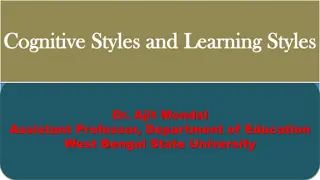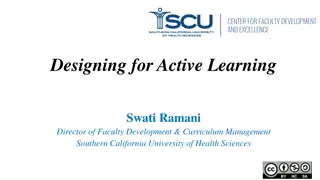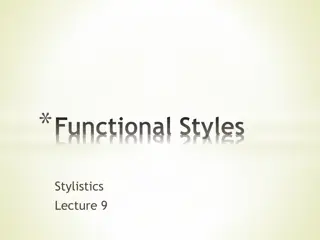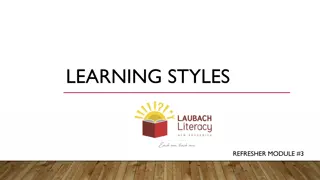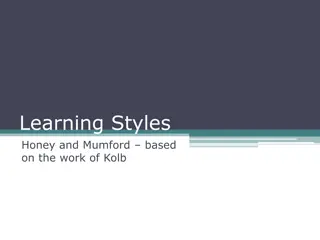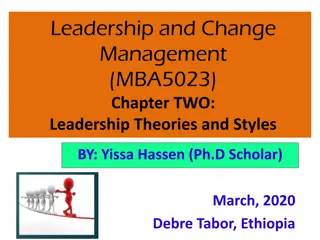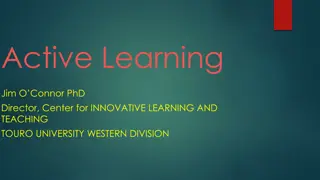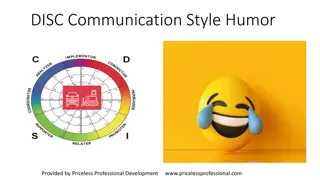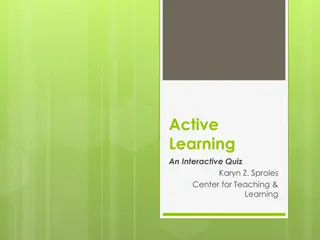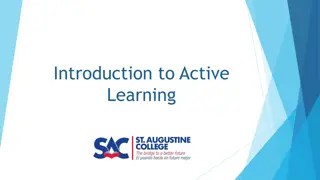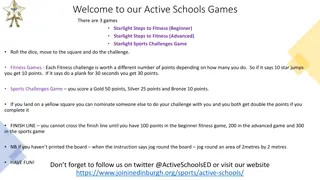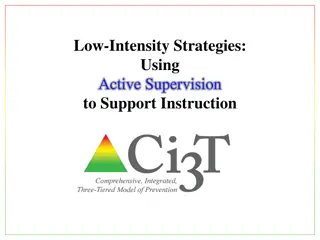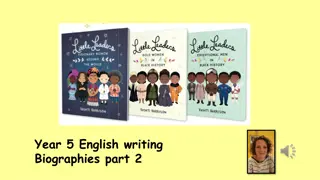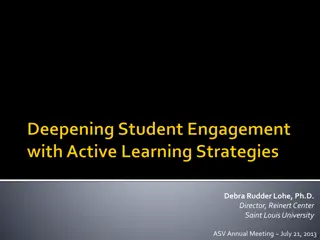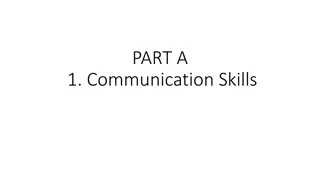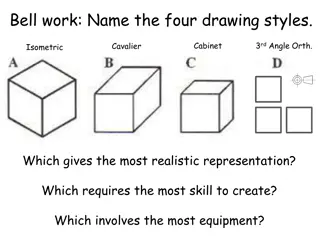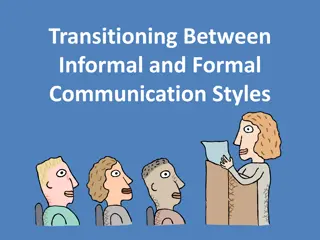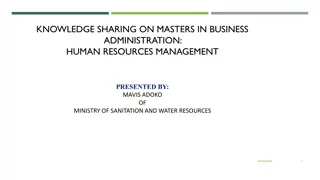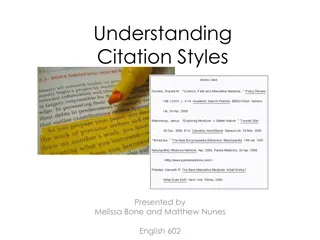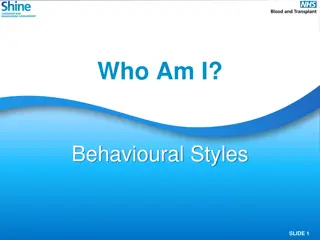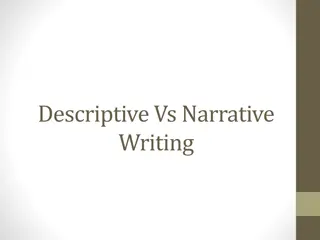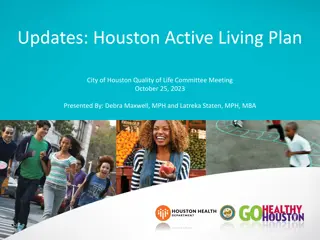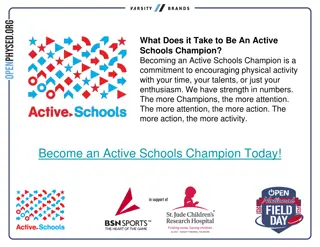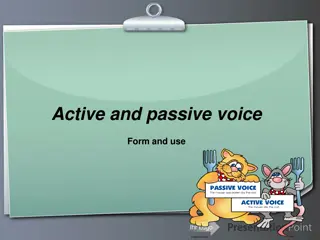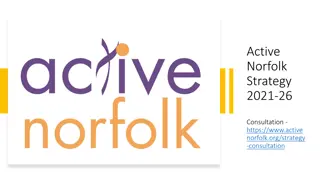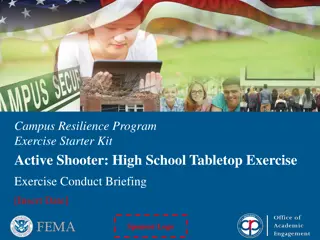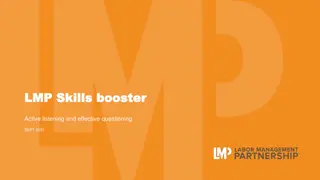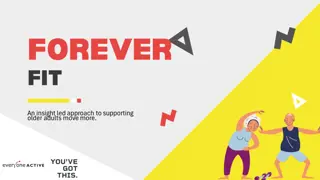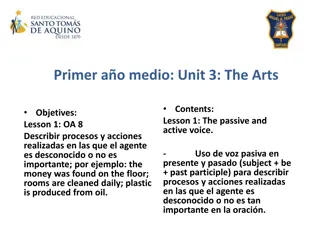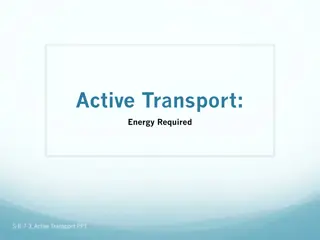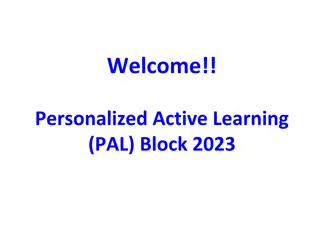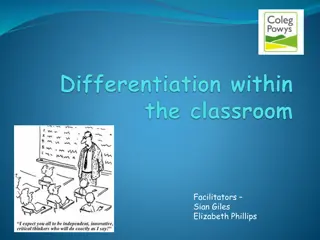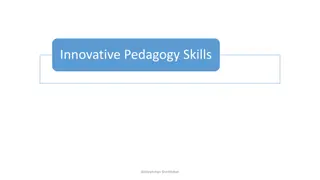Enhancing Learning Through Active Strategies and Learning Styles
Implement active learning strategies to engage students, deliver and review content, and foster collaboration. Explore Kolb's Learning Styles to accommodate diverse learner preferences and maximize learning outcomes. Integrating learning activities based on individual styles can create a more effective learning experience.
Download Presentation

Please find below an Image/Link to download the presentation.
The content on the website is provided AS IS for your information and personal use only. It may not be sold, licensed, or shared on other websites without obtaining consent from the author. Download presentation by click this link. If you encounter any issues during the download, it is possible that the publisher has removed the file from their server.
E N D
Presentation Transcript
They dont give us time to learn anything; we have to listen to the teacher all day! This can be a problem online as well!
Active learning Active learning strategies can be used to Engage students interest Deliver content Review content Co-create knowledge Make information meaningful Connect students to each other Connect students to the instructor Ecourage students to practice skills and knowledge Enable students to check their developing mastery via instant feedback
Teaching to learning styles How can we integrate learning activities into a coherent model? Using a model based on learning styles can help
Kolbs Learning Styles David Kolb s research indicates that people learn primarily in one of four styles. We can all benefit from information presented in all 4 ways, but prefer one of the four if given a choice. Teaching in ways that address all four styles maximizes the potential for all students to learn; all benefit from the repetition/ different approaches
Kolb Learning Style Inventory Based on 4-stage learning cycle Concrete Experience (CE): learning from feeling and personal involvement Reflective Observation (RO): learning by watching and listening Abstract Conceptualization (AC): learning by thinking Active Experimentation (AE): learning by doing
FOUR Learning Styles Style 1: the Diverger Concrete Experience + Reflective Observation Style 2: the Assimilator Abstract Conceptualization+ Reflective Observation Style 3: the Converger Abstract Conceptualization+ Active Experimentation Style 4: the Accommodator Concrete Experience + Active Experimentation
Kolb's learning styles and cycle Concrete Experience Feeling Accommodating (feel and do) CE/AE Style 4 Diverging (feel and watch) CE/RO Style 1 Perception Continuum how we think about Active Experimentation Doing Reflective Observation Watching Processing Continuum things how we do things Converging (think and do) AC/AE Style 3 Assimilating (think and watch) AC/RO Style 2 Abstract Conceptualisation Thinking
Style 1: the Diverger (feeling and watching) Why should I learn this? What do I already know about this? How will I use this? Why does this matter? Who will it affect? imaginative artistic sensitive Convince me to learn! BLUE
Style 2: the Assimilator (thinking and watching) What do you want me to know? What is the information? What are the steps in the process? What is the correct answer? ideas concise Gimme the goods! logical GOLD
Style 3: the Converger (thinking and doing) How do I do this? Have you tested this out? What happens if I do this ? Can I try it? experimental technical problem solving Lemme get my hands on it! ORANGE
Style 4: the Accommodator (doing and feeling) What is everyone s feeling on this? How might this relate to that ? How will this work in the big picture? What information do others have? practical intuitive Now let s explore this together team based GREEN
So, how do I teach to these styles? Style 1: Connection Activity (connect) Style 2:Content Activity (learn) Style 3: Practice Activity (practice) Style 4: Summary Activity (synthesize)
Learning Unit Cycle 1. Introduce the entire unit Connection Activity (connect) Teach the first step Content Activity (learn) Practice the first step Practice Activity (practice) Repeat 2 & 3 above for all steps Practice entire sequence Summary Activity (synthesize) 2. 3. 4. 5.
Overview of a Learning Unit Cycle UNIT LEARNING OUTCOME For each UNIT STEP/ SECTION CONNECTION ACTIVITY (connect) SUMMARY ACTIVITY (synthesize) CONTENT ACTIVITY (learn) PRACTICE ACTIVITY (practice) Repeated as many times as needed
Connection Activity captures students attention motivates them to learn the new skill/knowledge relates new unit to existing knowledge and real world context should engage the student in personal reflection resulting in individual commitment to the unit may be done prior to or in class, but should be discussed in class may be quite brief (5-10 minutes) there is ONE Connection Activity for the entire Learning Unit answers the questions Why should I learn this? How will I use this in my life and work? How does this relate to what I already know or have experienced? For Style 1
Content Activity provides the students with just enough content information to achieve the step or section may take a variety of forms such as lectures, readings, research, audio-visuals, demonstrations is the part of the lesson where the students gain the CONTENT for the first time should be broken into manageable chunks, alternated with Practice Activities there is a Content Activity for each step or section within a Learning Unit answers the questions What do I need to know? How do I do this? For Style 2
Practice Activity provides an opportunity for students to practice new knowledge or skills under supervision must provide feedback on achievement, but this can be self- marking, peer marking etc. (formative evaluation ensures mastery of cumulative steps in the learning) hands-on application immediately follows exposure to content in order to integrate new knowledge or skill, but extra activities can be homework Each step or section in a Learning Unit has a Practice Activity answers the questions How am I at this? For Style 3 Am I getting this okay?
Summary Activity provides an opportunity to consolidate the steps/sections of the unit into one application is a practice run as similar as possible to the eventual graded assignment/test enables student to check mastery and make appropriate remedial study plans is NOT used to generate grades self or peer grading reviews key content and alerts students to how their work will be graded answers the questions How does this all fit together? Am I ready to be graded on this unit? For Style 4
Sample Learning Unit: Research Essays write a well-researched, clearly organized essay that uses a recognized form of documentation Connection Activity Read an article in any general interest magazine and count how many sources of information are included how are these referenced and credited? Post an answer. Step #1: create a logical outline for an essay Content: text reading with samples of essay format Practice: individual exercise outlining short essay Step #2: use MLA documentation format Content: scavenger hunt to find proper documentation format for a variety of resources Practice: write proper documentation for various resources etcetera for more steps Summary Activity Collaborative (Google doc) creation of marking rubric for essays
UDL: Universal Design for Learning UDL prompts us to design learning that meets all students needs (including those with special needs, and all learning styles) within the lesson This lesson/unit template is a good example of UDL Structured, sequential Repetitive, multiple channels Includes application and practice Breaks apart, then puts together


